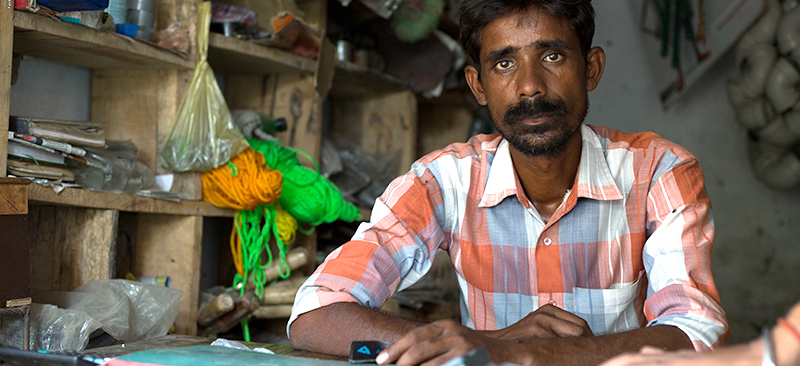RuPay Sparklin – Do not delete
by Abhay Pareek
Oct 26, 2018
3 min
National Payment Corporation of India (NPCI) launched Rupay – India’s own payment gateway network. ‘RuPay’ is a low-cost alternative to other payment gateways, such as MasterCard and VISA. Banks pay lower transaction processing fees as transactions are performed on the domestic payment network. This makes RuPay a viable digital payment solution for the rural, low, and middle-income segments in India.
RuPay offers various benefits
In our previous blog in this series, we presented recent trends in the fintech space in India. In that blog, we also defined the low- and middle-income (LMI) segments and examined the challenges that fintechs and investors face in catering to these segments.
RuPay cards issues against total number
On 26th March 2012, National Payment Corporation of India (NPCI) launched Rupay – India’s own payment gateway network. ‘RuPay’ is a low-cost alternative to other payment gateways, such as MasterCard and VISA. Banks pay lower transaction processing fees as transactions are performed on the domestic payment network. This makes RuPay a viable digital payment solution for the rural, low, and middle-income segments in India. RuPay offers various benefits to its cardholders, such as cash-back on utility bills and ticket bookings, in-built accidental insurance cover, and online payments across e-commerce portals.
To read our report on the fintech landscape in India, click here
To know more about the Financial Inclusion Lab and to apply, click here
Will India be better now?
NPCI has established a domestic payment gateway to turn RuPay into a fully functional card. The payment gateway, ‘RuPay PaySecure’, has been promoted as a solution for various e-commerce portals in India. The gateway aims to nudge domestic consumers to make digital payments. The government provided important support to the RuPay card by bundling it with Basic Savings Bank Deposit Accounts (BSBDAs) opened under the national financial inclusion programme Pradhan Mantri Jan Dhan Yojana (PMJDY). Various stakeholders we interacted with in this research suggested that irrespective of the challenges pertaining to the LMI market, it offers huge potential. These stakeholders include investors, fintechs, and incumbents. Most of them, however, have been taking a cautious approach and waiting to see a proven business model before venturing into this space. A 2017 Deloitte report suggests that in the medium term, fintech players will consolidate their position in urban areas and metro cities, and will extend to the rural and semi-urban space over next 3-5 years.
Challenges on the demand-side
Low awareness among customers
Customers are unaware that:
- They are eligible to apply for a RuPay card in the first place; this lack of awareness thus reduces penetration of RuPay cards;
- The RuPay card PIN becomes invalid after 45 days4 if the card is not used within this period after initial activation;
- A RuPay debit card comes with an in-built accidental cover of INR 100,000 (1424.8 USD)5 . However, to keep the insurance cover in-force, the cardholder needs to carry out at least one transaction every 45 days.6 Customers are largely unaware of this add-on benefit and the associated conditions – thus also reducing the potential use of RuPay cards.
Challenges on the supply-side:
Non-distribution of RuPay cards or PINs by BMs:
- BMs do not receive RuPay card or PINs within stipulated 7-8 working days from the bank branch to which they are linked.
- BMs are unable to inform customers to collect their RuPay cards or PINs. Their phone is either switched off, not reachable or is invalid.
- Some bank branch managers are reluctant to encourage applications for RuPay cards as they fear that cards held by illiterate customers may lead to fraud.
 by
by  Oct 26, 2018
Oct 26, 2018 3 min
3 min


Leave comments